Introduction
In the ever-evolving world of interior design, technology has consistently played a crucial role in transforming spaces. One such innovation that has been making waves is smart glass, a cutting-edge material that holds the promise of dynamic interiors like never before.
Introduction to Smart Glass in Interior Design
Imagine windows that automatically adjust their transparency based on the intensity of sunlight, or partitions that change from opaque to transparent with just a tap. Smart glass makes these futuristic visions a reality, offering interior designers a plethora of creative possibilities.
Understanding Smart Glass Technology
At its core, smart glass is a type of glass that can alter its light transmission properties on demand. This transformation is achieved through various technologies, including electrochromic and PDLC (Polymer Dispersed Liquid Crystal).
Benefits of Using Smart Glass in Interior Design
Enhanced Natural Lighting
Smart glass allows natural light to flood into spaces without the need for traditional window coverings. This not only reduces the need for artificial lighting but also creates a more inviting and lively ambiance.
Privacy Control
Privacy is a critical consideration in interior design. Smart glass can be instantly switched from transparent to opaque, offering a flexible solution for maintaining privacy without compromising on aesthetics.
Energy Efficiency
By controlling the amount of heat and light entering a room, smart glass contributes to energy efficiency. It helps regulate indoor temperatures, reducing the reliance on heating and cooling systems.
Applications of Smart Glass in Interior Design
Smart glass can be seamlessly integrated into various design elements:
Windows and Doors
Windows and doors equipped with smart glass can provide unobstructed views while mitigating glare and excessive heat. They are particularly beneficial in rooms where privacy is essential.
Partitions and Dividers
Open spaces can be divided using smart glass partitions that maintain a sense of connection while offering the flexibility to create private areas when needed.
Skylights and Roofing
Smart glass skylights bring the beauty of the outdoors inside. They allow inhabitants to enjoy natural light without being subjected to harsh weather conditions.
How Smart Glass Works
Electrochromic Technology
Electrochromic smart glass changes its tint when a small electric voltage is applied. This technology enables gradual and reversible transitions between transparent and tinted states.
PDLC Technology
Polymer Dispersed Liquid Crystal technology involves suspending liquid crystal droplets within a polymer matrix. When an electric field is applied, these droplets align to allow light transmission or scatter to create an opaque effect.
Considerations Before Using Smart Glass
While the benefits are enticing, several factors should be taken into account:
Cost and Budget
Smart glass installation can be pricy, and its cost-effectiveness should be evaluated based on long-term savings in energy bills and maintenance.
Maintenance and Longevity
Regular cleaning and maintenance are essential to ensure optimal performance and longevity of smart glass installations.
Limitations of Smart Glass in Interior Design
Despite its remarkable capabilities, smart glass has some limitations:
Transition Time
Smart glass transitions between its transparent and opaque states. This transition might not be instantaneous, which could be a consideration in spaces that require quick privacy adjustments.
Impact on Aesthetics
The presence of electrical components and wiring can impact the overall aesthetics of the design. Careful integration is necessary.
Integrating Smart Glass with Smart Home Systems
Voice and App Control
Smart glass can be integrated into smart home setups, allowing users to control its transparency using voice commands or mobile apps.
Automation and Scheduling
Automation features enable the glass to adjust its tint based on predetermined schedules or environmental conditions.
Potential Smart Glass Integration
Office Spaces
Many modern offices can use smart glass to create adaptable work environments that cater to employees’ changing needs for privacy and collaboration.
Residential Interiors
Smart glass is finding its way into homes, providing innovative solutions for bathrooms, living areas, and bedrooms.
Comparison with Traditional Privacy Solutions
Curtains and Blinds
Smart glass offers a sleek alternative to traditional curtains and blinds, eliminating the need for manual adjustments.
Frosted Glass
Unlike static frosted glass, smart glass provides dynamic control over privacy levels.
Professional Tips for Using Smart Glass
Balancing Aesthetics and Functionality
Interior designers should find the right balance between incorporating smart glass and maintaining the intended design aesthetics.
Collaboration with Architects
Early collaboration with architects and contractors is essential to seamlessly integrate smart glass into the overall design.
Addressing Common Misconceptions about Smart Glass
Is Smart Glass Expensive?
While the initial cost might be higher, the long-term benefits in terms of energy savings can outweigh the initial investment.
Can Smart Glass Replace Curtains Completely?
Smart glass can significantly reduce the reliance on curtains but might not completely replace them in all scenarios.
Is Smart Glass Suitable for All Climates?
Smart glass can be designed to adapt to various climates, but consulting with experts is advised for optimal performance.
Conclusion
Innovations like smart glass are reshaping the possibilities of interior design. By seamlessly blending technology and aesthetics, interior designers can create dynamic, energy-efficient, and versatile spaces that cater to the evolving needs of occupants.
Who We Are
Tecdur is the leading manufacturer of smart glass for the UK and Ireland. Tecdur Switchable Glass provides the best clarity, lowest power consumption and lowest haze currently available. We can offer a wide range of specifications to meet project requirements with our switchable glass, cost is dependent on specification, application and design. Please get in contact with us to discuss further.
Please visit our portfolio for a look at completed projects. Keep up to date on our LinkedIn Showcase page

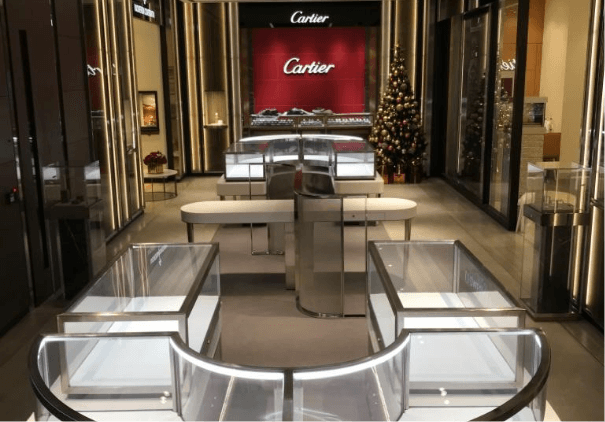
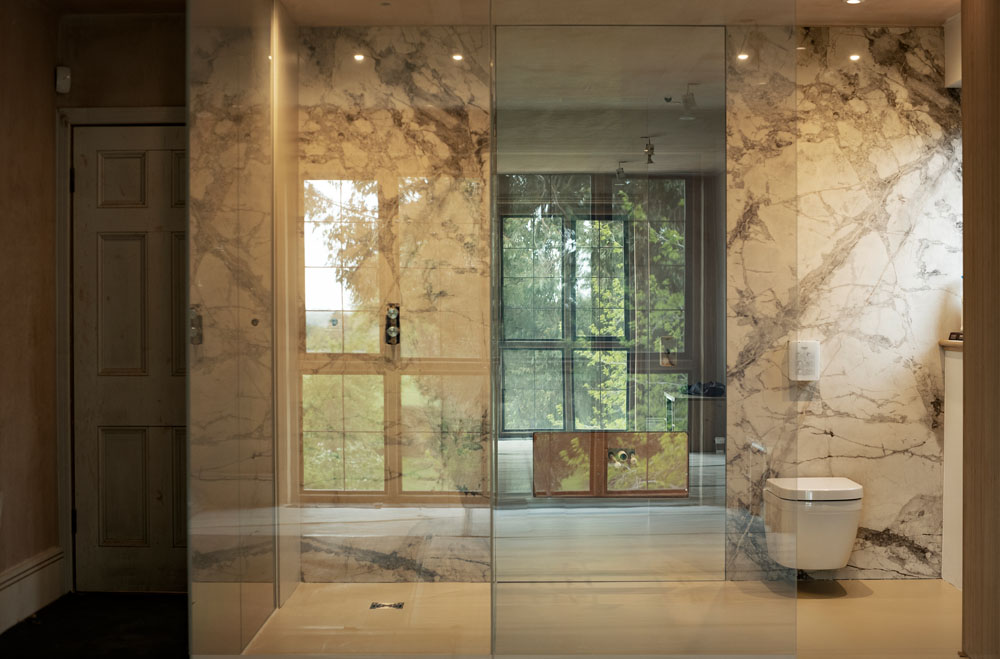
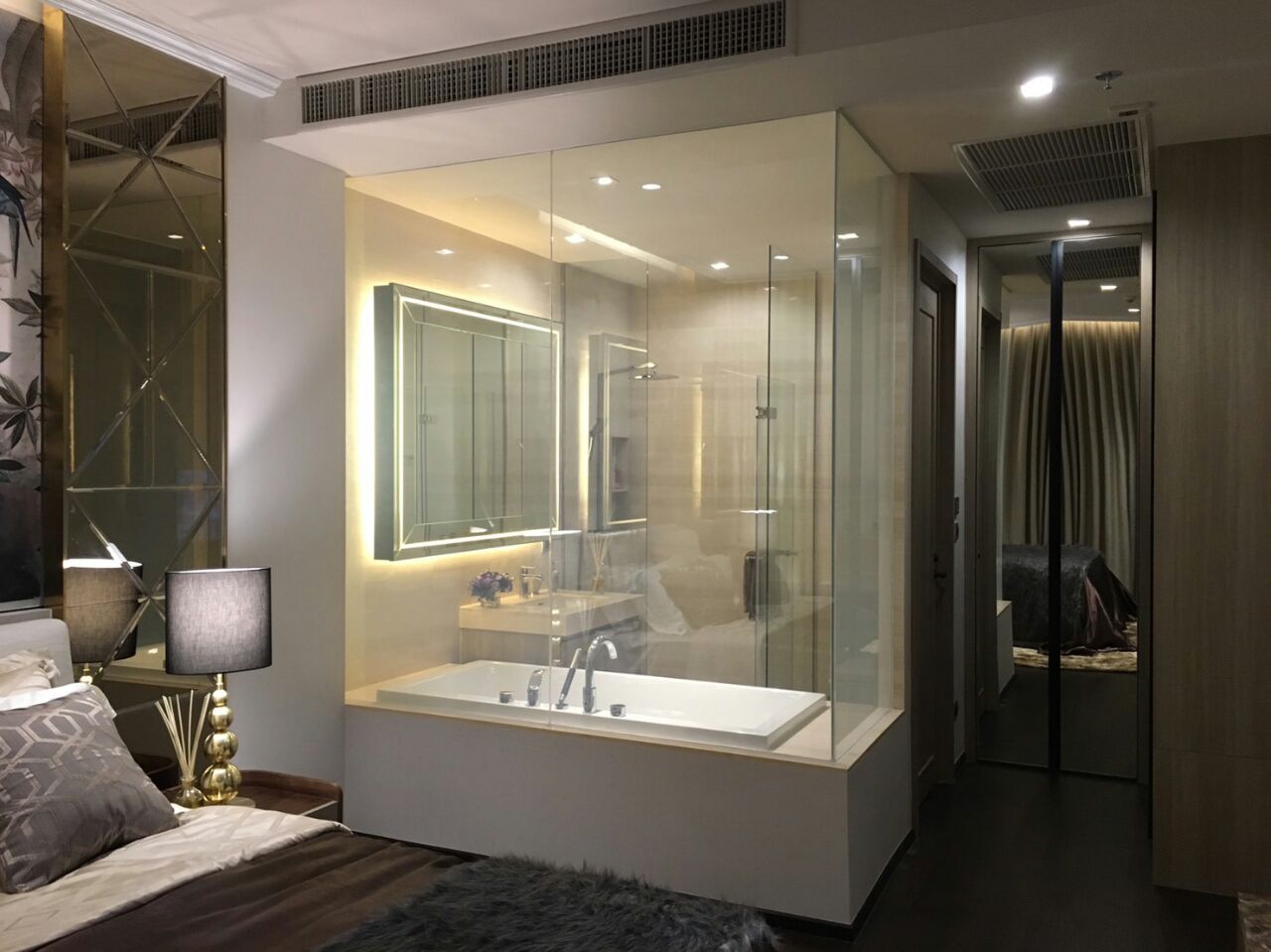
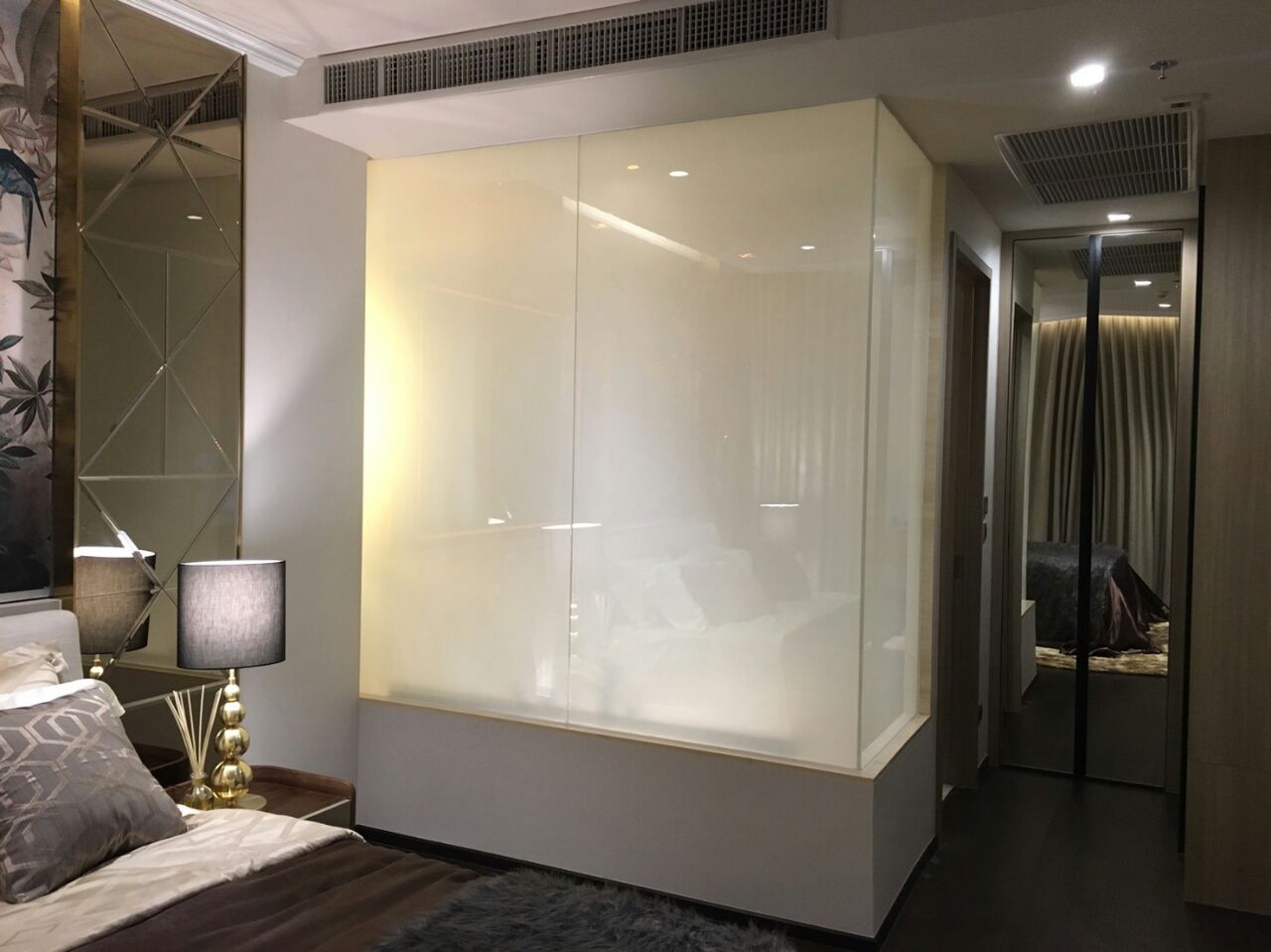
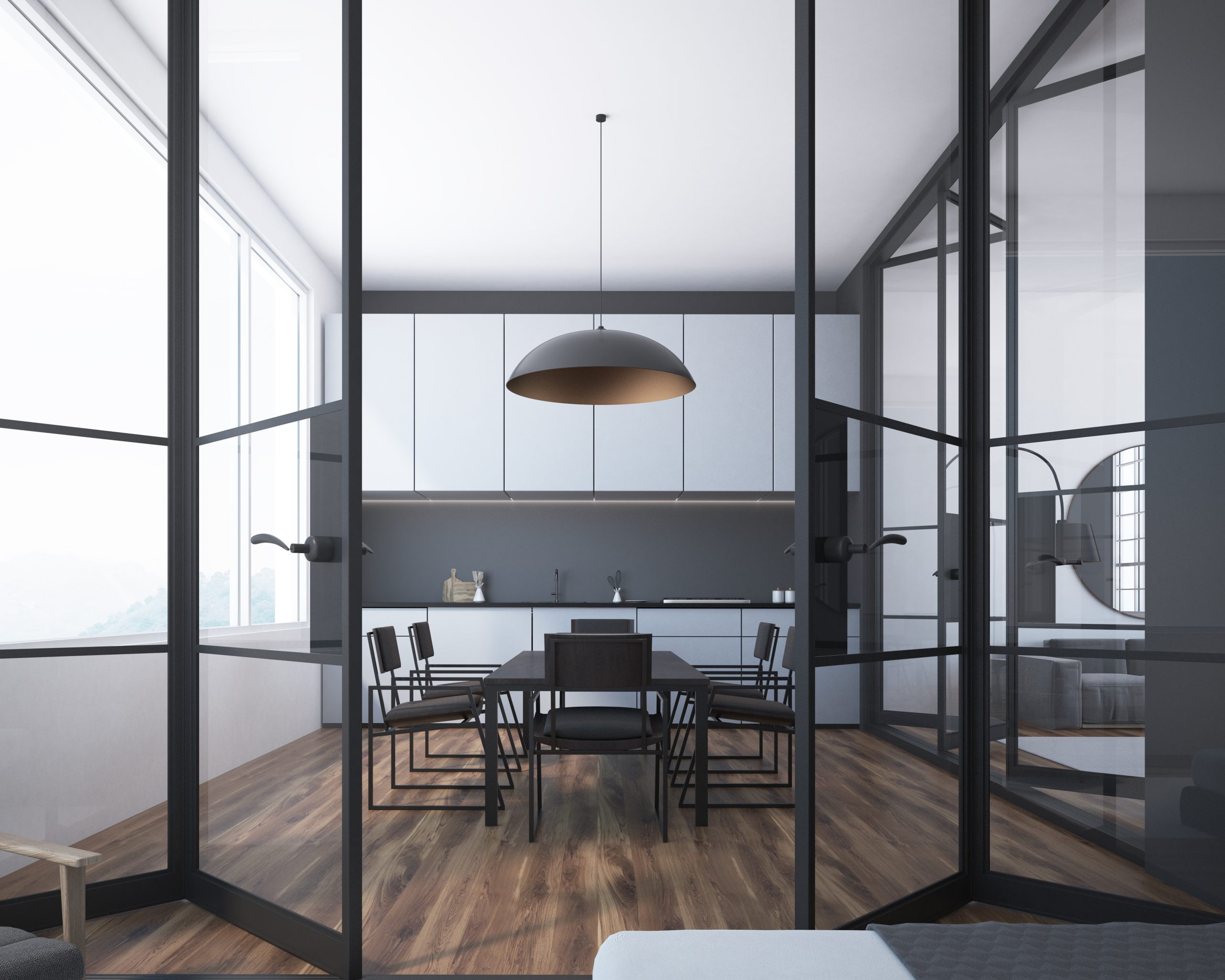
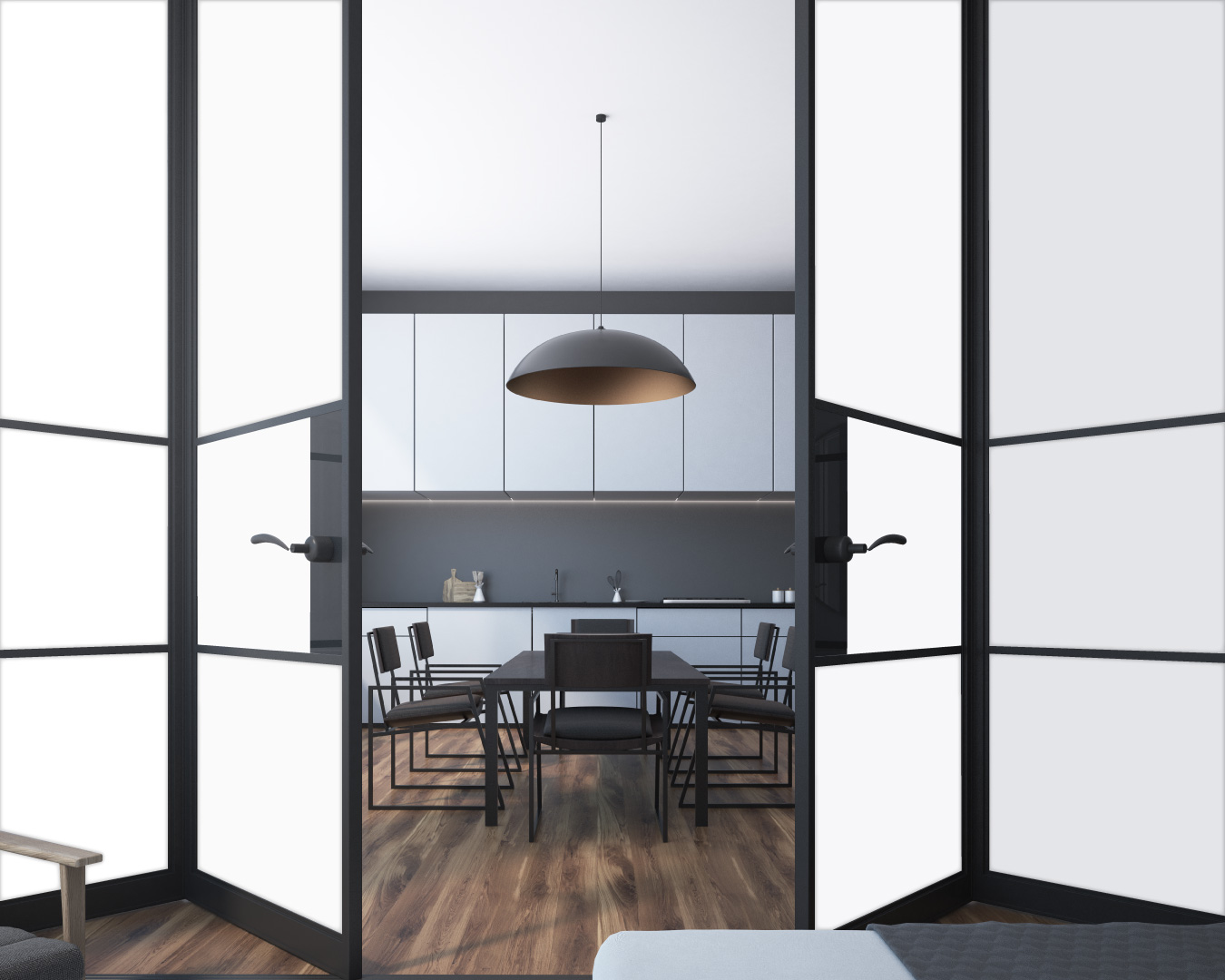
Frequently asked Questions
Our privacy glass works by utilising advanced PDLC (Polymer Dispersed Liquid Crystal) film. When an electrical current is applied, the liquid crystal molecules align, allowing light to pass through, making the glass transparent. When the current is switched off, the molecules mis-align, causing the glass to turn opaque or translucent, providing privacy.
Smart glass can be incorporated into a wide range of design styles, from contemporary to traditional.
Yes, many smart glass installations can be controlled through dedicated apps on smartphones or tablets.
Smart glass contributes to sustainability by enhancing energy efficiency and reducing the need for artificial lighting.
In many cases, yes. Retrofitting smart glass into existing windows is possible, but it's recommended to consult with professionals.
The lifespan of smart glass can vary depending on the technology and manufacturer, but it's generally designed to last for many years.




